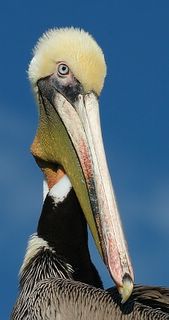I have continued my testing of RawShooter Essential (RSE) and Raw Magick Lite (RML) and now have a better idea how to use these products. Interestingly, I use both of them, as well as Nikon Capture (NC).
After shooting, I move all of the images from the CompactFlash card to a directory for the day. I then use RSE to triage the images. I separate the images into four categories: those to develop further, duplicates and backups, poor images that may have some informational content, and outright trash. RSE has powerful tools to allow me to quickly assign images to a category, then move the different categories to different directories.
After this step, only category 1 images are left in my working directory. I could use RSE to "develop" the images into TIF files, but I don't like the way RSE develops Nikon D70 images. I find that the images are almost always too dark. RSE also sharpens the images more than I like. While I could adjust the default settings to mostly solve the sharpening problem, I don't think I can adjust for the darkness adequately.
Mostly I use NC to make the initial adjustments to the image--white balance, slight sharpening, curves, etc. I just save the changes back into the raw NEF file, as Paint Shop Pro 9 can read the NEF file directly. I really wish I had a second monitor for use with NC. It's user interface really cries for more screen space.
If the image has high dynamic range and the highlights are slightly blown, I use RML because it does a better job of highlight recovery than NC.
Following development, I use Paint Shop Pro 9 to read either the original NEF file (if I used NC) or the TIF file from RML and write a .PSPIMAGE file. (Actually, in the current version of RML, RML writes a PhotoShop PSD file. I then use IrfanView to convert the PSD file to a TIF file.)
Finally, I am ready to crop, rotate, or further adjust the image. Then it's on to making a gallery, printing, or preparing images for the web or email.
I am continuing to backfill posts and galleries from our trip to southern California and Arizona in January and February. The next gallery to be posted will be from the San Diego Zoo, probably followed by one from the San Diego Wild Animal Park.



